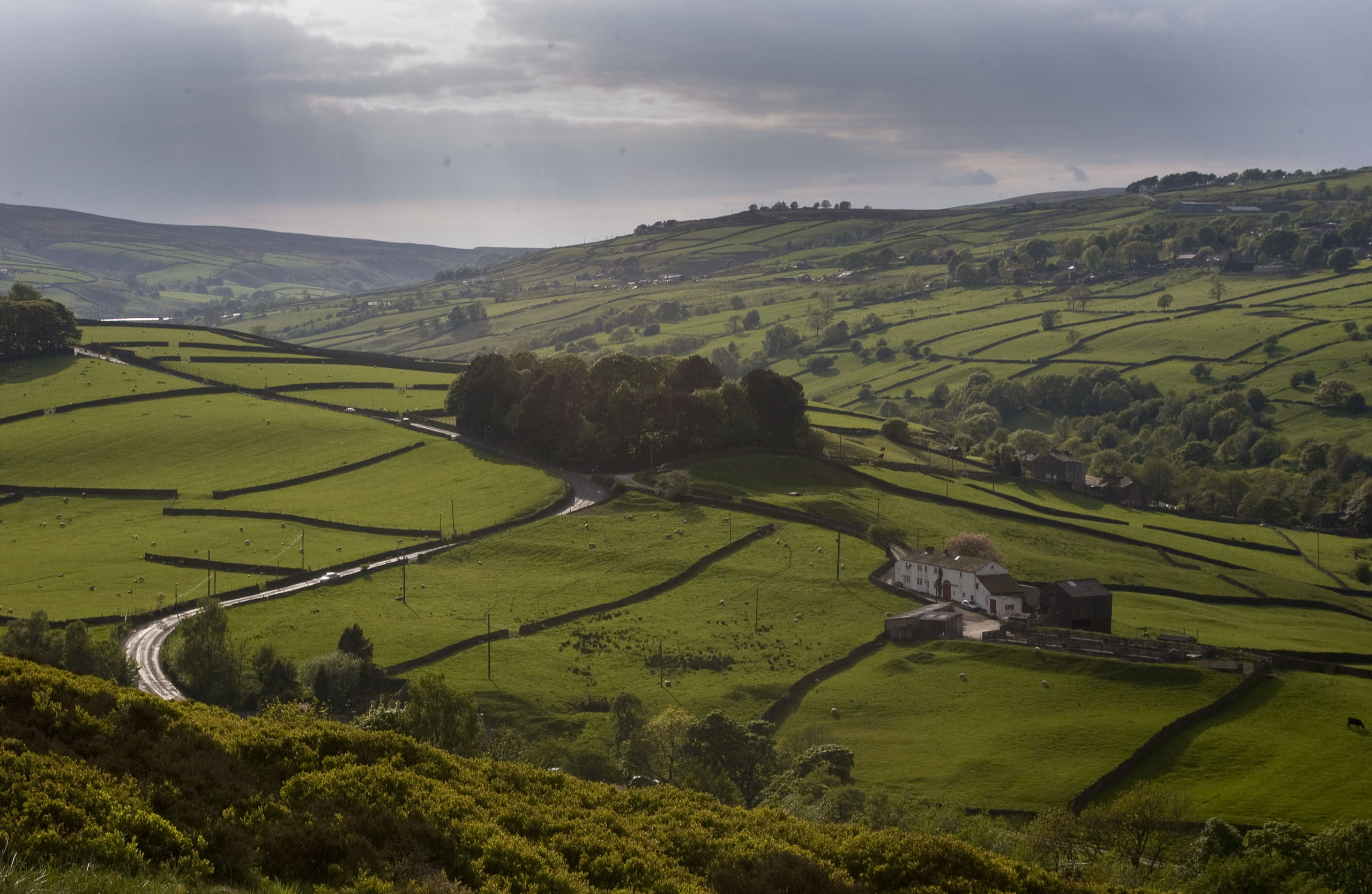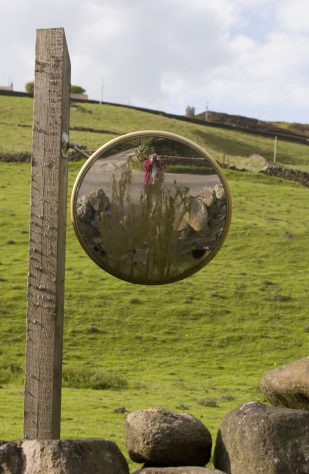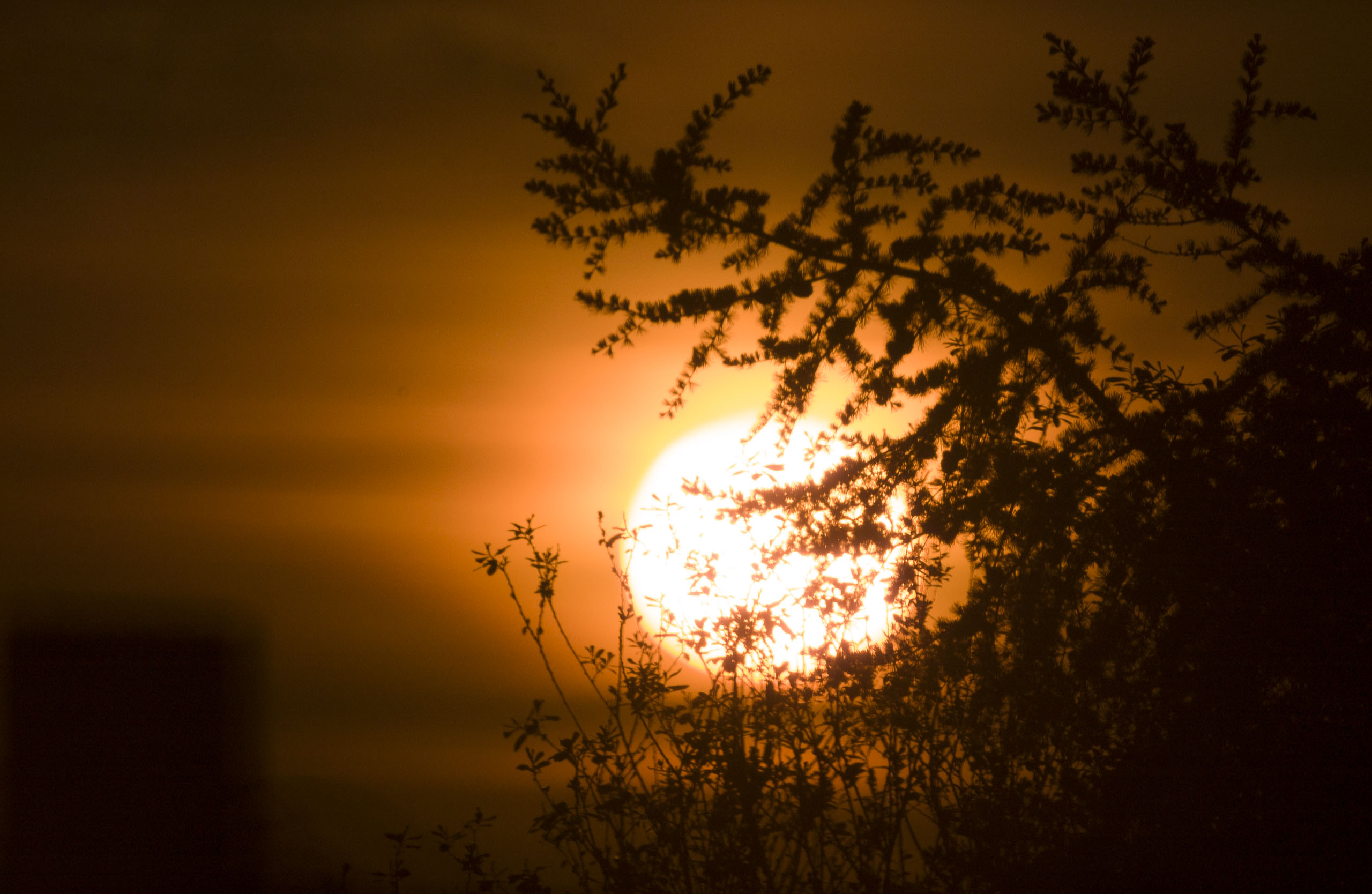I’ve now officially been a DSLR photographer for 15 years! Although I got my first digital camera in 2000 – an Olympus Camedia 350 Zoom, then a Fuji S5500 in 2004 – it wasn’t until the 19th of May 2008 that I purchased my first DSLR. The camera I bought – the system I decided to invest in – was Nikon. I bought the Nikon D1x, second-hand, from a trader in Hawes, North Yorkshire.
And I still own that camera today.
In the three years between returning from the US until buying my Nikon D1x, I had given up photography. The cost associated with film development had become too great, and I simply couldn’t justify the expenditure. In the US, the cost to develop and print was a fraction of the cost in the UK, and for me that time period was pretty tough, financially. In fact, I’d even sold my beloved Nikon F4s, despite it being the posession I loved more than all else. Photography had for the time being become untenable for me.
By 2008, the once-revolutionary Nikon D1x had become rather long in the tooth, and its 5.3 megapixel CCD sensor and film-like ISO performance were rather out of favour with professional photographers. Not me, though. I could still see a great deal of mileage to be had. I paid around £250 for the body, and for a while made do with a few old full-frame lenses that I still had.


I fell head over heels in love with the images from the Nikon D1x. They were certainly very film-like, and reminded me strongly of the images I’d taken with the wonderful Nikon F4s.
There was however one significant and extremely important difference between shooting film and shooting digital, and that was the ability to see what you got. Sure, I could see what I’d got with the Olympus and the Fuji, but I didn’t have full control over the process with those cameras. With the D1x, I could set my own parameters and immediately see the results of those choices.
This was the leap from film photography that, for me as an experimental photographer, I truly benefited from; that the time between taking the photo and seeing the photo fell from a week to a second and for the first time in my photography lifetime, I could connect the action and consequence of my experimentation directly, and I could do so to my heart’s content without any cost.

I’ve archived all the photos I ever took with my DSLRs, with the exception of 2011. I don’t know what happened to 2011 but I’ve lost my entire archive of photos from that year. I still hope that it will turn up on an old hard drive in a cupboard somewhere. Fingers crossed!

I counted up the images that I’ve stored and it turns out that in the last 15 years I’ve taken over 260,000 photos. I suspect that number is an order of magnitude greater than I took over the 25 years of film photography that preceded it.
I recently added a new (to me) DSLR camera to my arsenal, with the purchase of a D7200. It’s intended to supercede the D5300 as my crop-sensor camera for wildlife photography. It has the same 24.2 megapixel sensor, but it has a larger form factor, a much better focusing system and much higher frame rate – all the areas in which the D5300 fell slightly short. Being a year newer it also should handle noise a little better, though I think It may be a stretch to notice the difference in the field. Despite its consumer-grade make-up, the D5300 has performed admirably until now, even in challenging conditions. It’s a tough act to follow. Meanwhile, the D5300 may be useful as my macro camera. Like my photographs, I don’t give up my cameras lightly either.
Do I plan to take up film photography again soon? Nope! 🙂

